Why gen z (and me) are clipping plushies to our designer bags
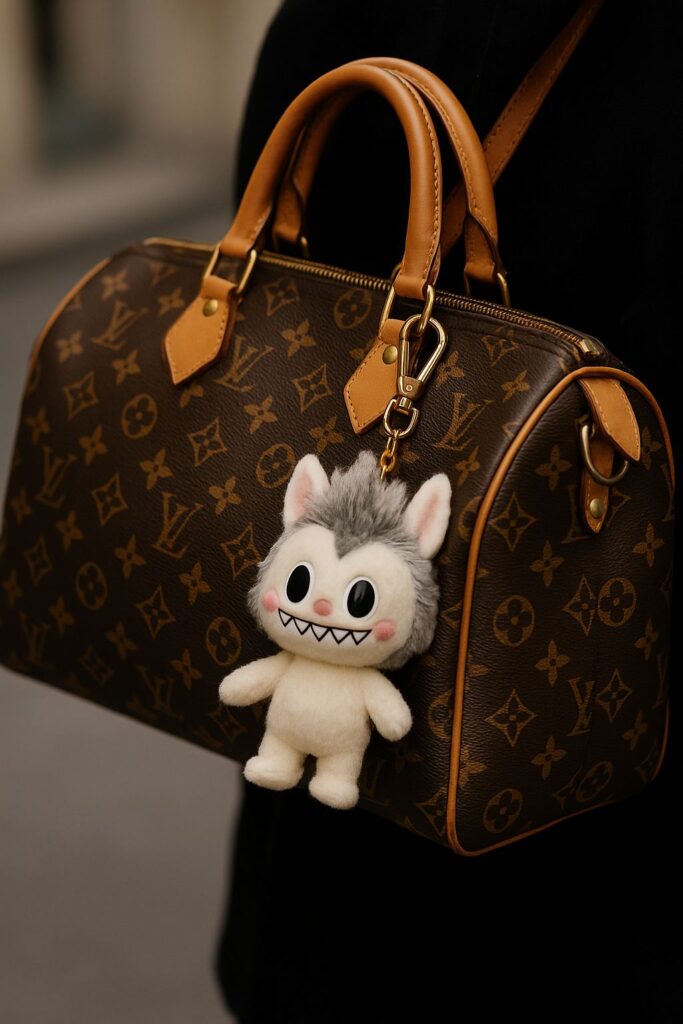
Luxury just got a dose of whimsy – and gen z is here for it.
The one that got away
In November, just before my trip to Hawaii, a charming opportunity popped up – Labubu, the cult-favourite collectable character, was launching a campaign. I rallied a few of my tribe members to join, including Ben, my boyfriend, who, to my delight, got in.
But life, as it does, got in the way. Between airport sprints and the tropical whirlwind, we missed the acceptance deadline. A small plush, a big opportunity – gone.
While the moment slipped away, it left something behind: A soft fascination with the plushie movement that’s quietly (and not-so-quietly) reshaping the luxury accessory game.
The rise of plushie bag charms
Gone are the days when bag charms were all about monogrammed leather tags or polished hardware. A new generation of style enthusiasts is embracing something far more playful: Plushie keychains that swing cheerfully from the handles of their It-bags.
Think Labubu, Monchhichi, Sanrio, and other character collectables once reserved for bedroom shelves or claw machines. Today, they’ve made their way into high fashion, not as novelties, but as statements.
From classic to cute: A timeline of transformation
The evolution of the bag charm reflects a broader cultural shift:
- 2000s: Luxe minimalism reigned – Coach leather hangtags, LV keychains, and Burberry tassels.
- 2010s: The industry dipped its toes into playfulness – Fendi’s Karlito, Prada robots, and Anya Hindmarch’s emoji charms emerged.
- 2020s: Enter the plush era. Not designer-branded, but personality-driven. Plushies are no longer childish – they’re chicly ironic.
This shift isn’t just aesthetic. It reflects how fashion is softening its edges, inviting emotion, memory, and humour into its otherwise polished spaces.
Celebrity style meets soft power
When Lisa from Blackpink pairs her Labubu with a Louis Vuitton Speedy, it’s more than an accessory – it’s an aesthetic declaration.
Rihanna, ever the fashion chameleon, was spotted with a plushie swinging from her arm like a trusted sidekick.
Ayo Edebiri gave her otherwise structured bucket bag a touch of softness with a plush companion.
These aren’t random choices. They’re calculated style statements. And they resonate.
Why it works: The psychology of the plush
In an era where everything is curated, plushie charms offer a refreshing sense of authenticity. They evoke childhood nostalgia, inject personality, and – ironically – feel more intimate than yet another luxury logo.
For gen z and late millennials navigating an overstimulated digital world, these tactile symbols of softness are both comforting and expressive. A plushie isn’t just cute – it’s cathartic.
How to style plushie bag charms without losing the luxe
Done right, plushies can elevate rather than distract. Here’s how:
- Pair contrasts: Let a neon or pastel plushie stand out against a structured black bag.
- Stay tonal: Choose a plushie in the same colour family as your outfit for cohesion.
- Keep the balance: If your plushie is bold, opt for clean lines and minimal accessories elsewhere.
- Be intentional: Pick characters or motifs that reflect your mood or brand. (For me, it’s always been cats and penguins – my plush obsessions run deep, right down to my crypto portfolio, where I trade PENGU coin.)
The future is soft, but smart
The plushie trend may seem fleeting, but it taps into a lasting movement in fashion – one that champions individuality, sentiment, and subversion of the expected.
Whether you’re styling a Labubu with a Balenciaga or clipping a Sanrio charm onto your micro Jacquemus, the message is clear: Fashion doesn’t have to be serious to be significant.
I missed that Labubu campaign – but I’m not missing the moment.

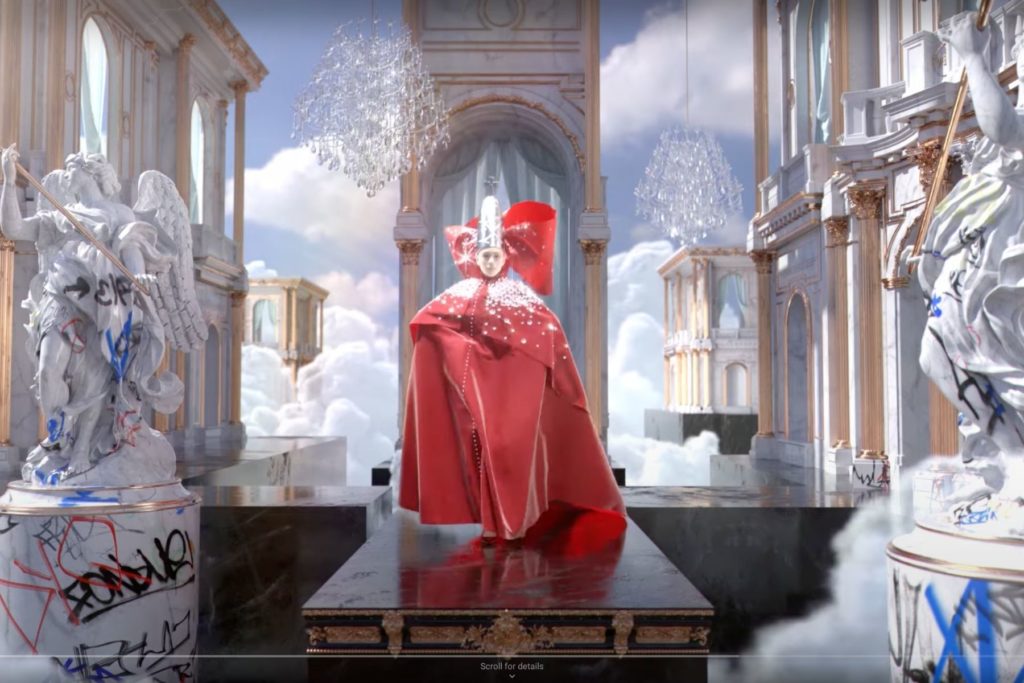
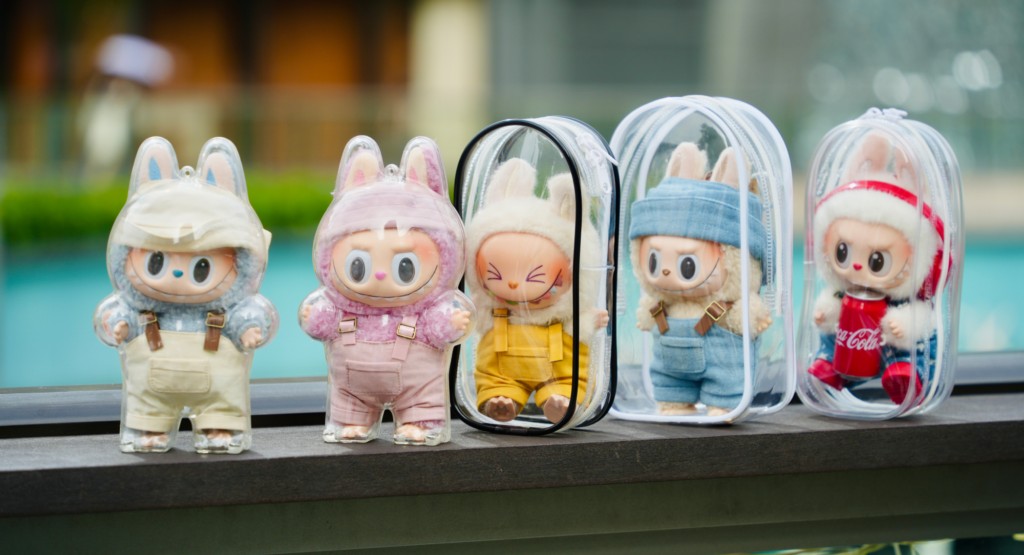
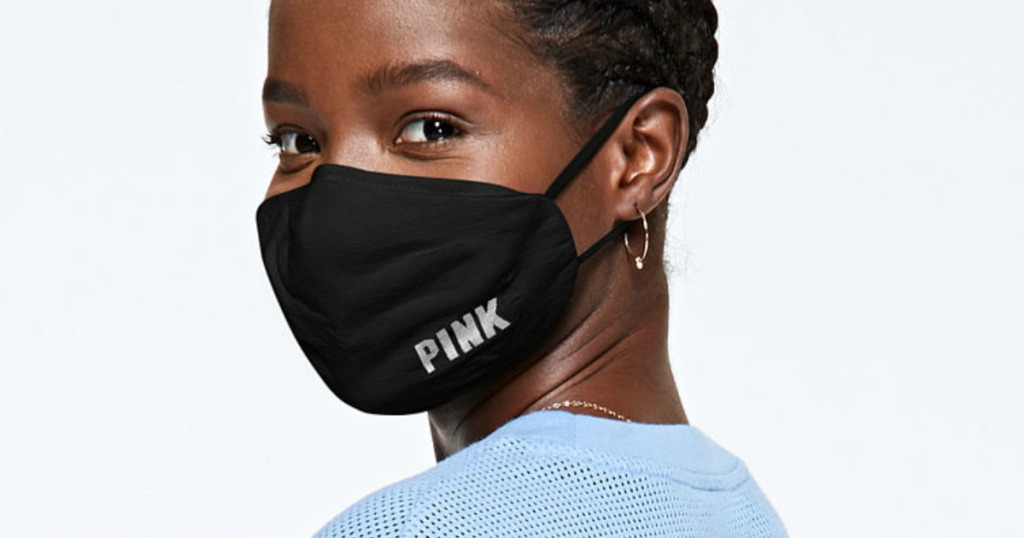
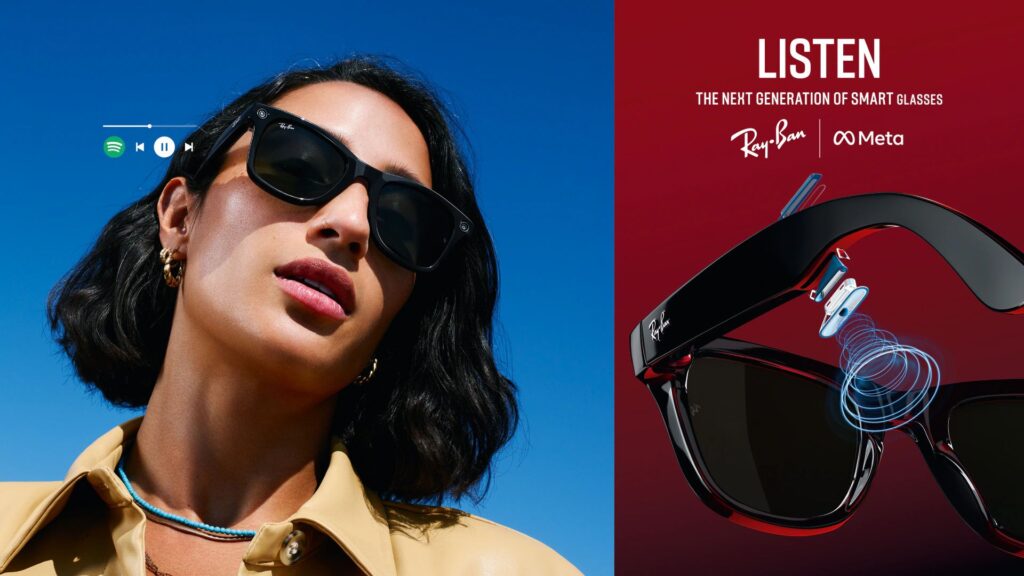
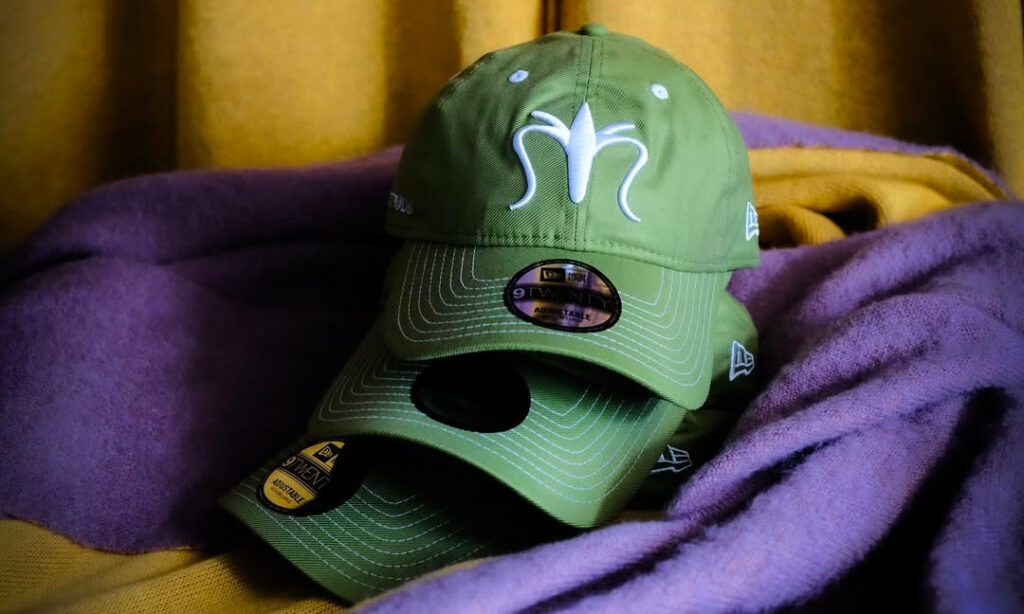
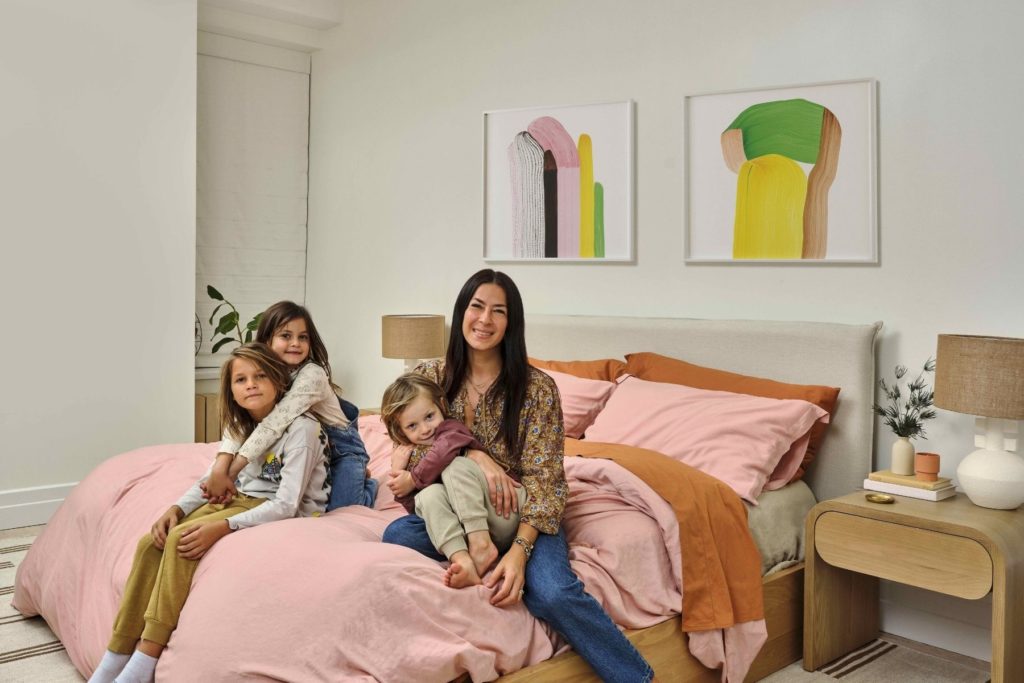
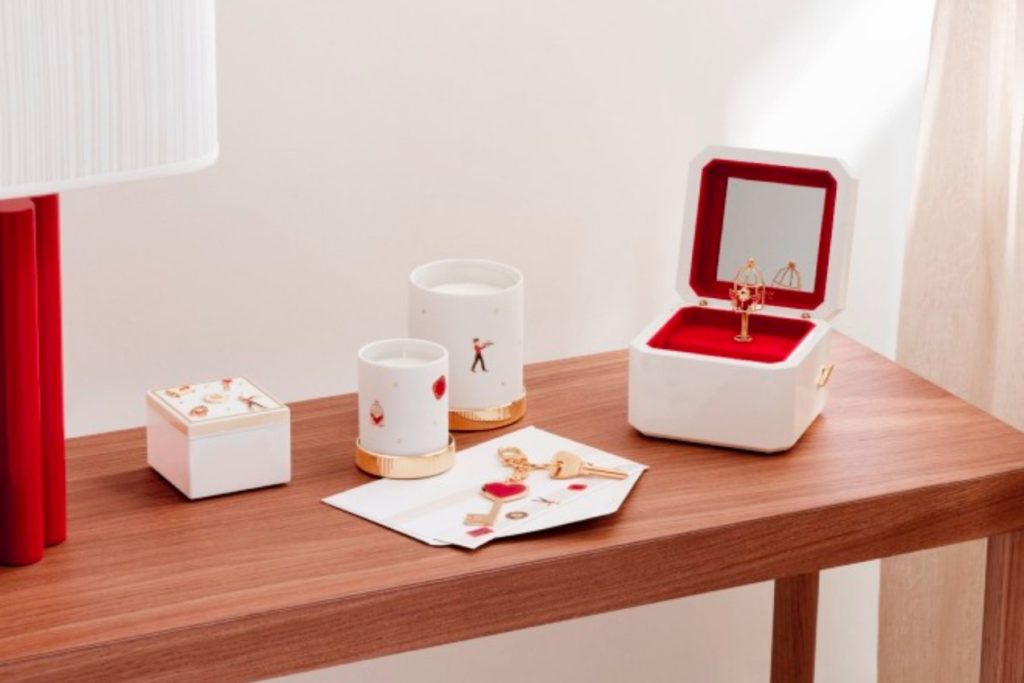


Responses